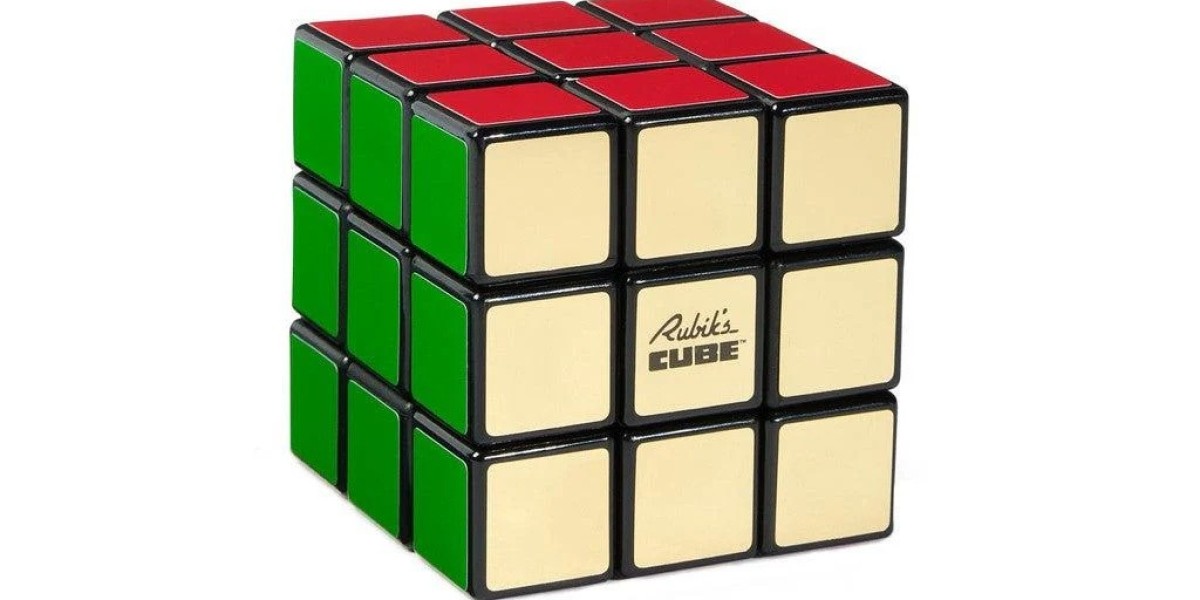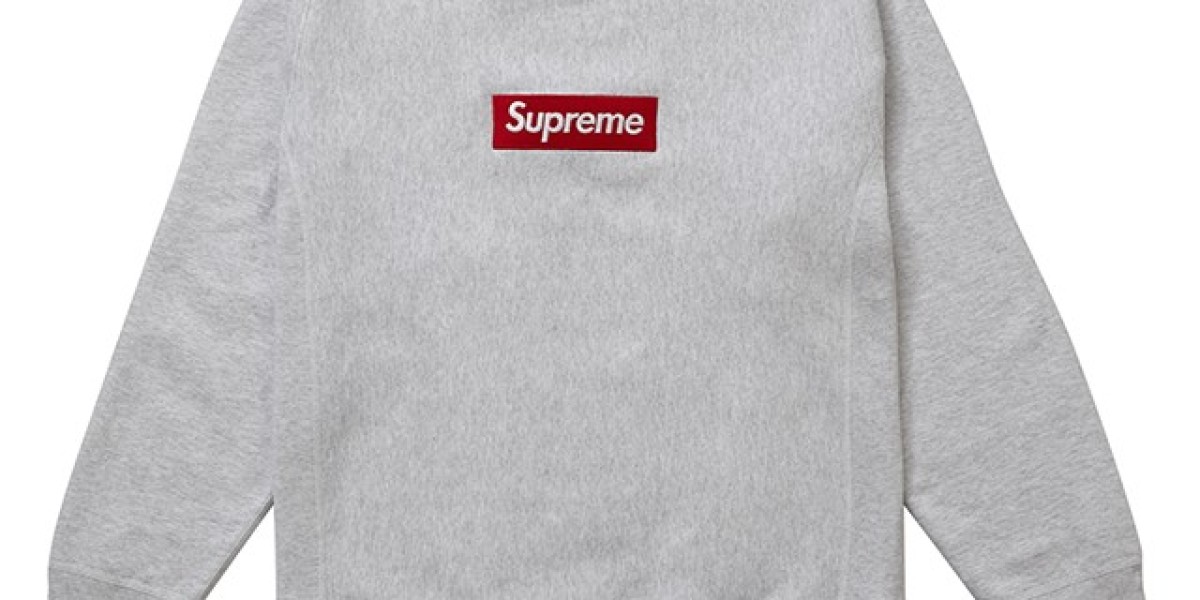The Rubik’s Cube, while seemingly intricate and daunting, can be mastered by anyone willing to learn the right techniques. For beginners, the key is breaking down the solving process into manageable steps and developing a clear understanding of the cube’s mechanics. SpeedCubeShop’s method is designed to simplify the learning curve, providing a step-by-step approach that builds confidence and competence. This tutorial aims to guide absolute beginners through the fundamental stages of solving the 3x3 cube, focusing on practical techniques and easy-to-remember algorithms. With patience and practice, anyone can progress from a total novice to a capable solver, experiencing the satisfaction of completing their first solved cube and setting the foundation for faster solves in the future.
Getting Familiar with the Cube: Understanding Its Parts and Notation
Before diving into solving, it’s essential to understand the basic structure of the cube and the notation used in algorithms. The cube consists of six colored faces, with center pieces that never move relative to each other, corner pieces that have three colors, and edge pieces with two colors. Recognizing these pieces helps in understanding the solving process. Learning the notation—such as F (front), R (right), U (up), and their primes (F’, R’, U’ indicating counterclockwise turns)—is crucial for following instructions accurately. Familiarity with how each move affects the cube’s pieces will make it easier to execute algorithms correctly and understand how different sequences manipulate specific parts of the puzzle. Spending a few minutes exploring the cube and practicing basic turns will set a solid foundation for your solving journey.
Step One: Solving the White Cross
The first step in SpeedCubeShop’s method is creating a white cross on the top face. This involves positioning four edge pieces with white stickers so they form a plus sign, aligning perfectly with the adjacent center pieces. The key is to move these edge pieces into place without disturbing already correctly positioned pieces. It’s helpful to focus on one piece at a time, practicing how to insert each white edge efficiently. Achieving the white cross isn’t just about aligning colors; it’s also about developing an intuitive feel for how to manipulate the cube with minimal moves. Once the cross is complete, it serves as the base for the subsequent steps and helps develop your understanding of layer-by-layer solving techniques. Take your time with this step, as a solid cross will make the rest of the solve much smoother.
Step Two: Completing the First Layer
After forming the white cross, the next task is to insert the white corner pieces to complete the first layer. Each corner must be moved into its correct position, matching the white sticker with the white face and aligning the other two colors with the adjacent center pieces. Beginners often use simple algorithms—short, repeatable move sequences—to position these corners correctly without ruining the cross. Practice inserting corners one at a time, paying attention to how each move affects the surrounding pieces. This step helps reinforce understanding of how to manipulate the cube’s layers while maintaining the progress already made. With consistent practice, inserting corners becomes more intuitive, reducing the number of moves needed and increasing your confidence in executing multi-step sequences smoothly.
Step Three: Solving the Middle Layer Edges
Once the first layer is completed, focus shifts to solving the middle layer by correctly positioning the four edge pieces that belong between the top and bottom layers. This involves identifying which edges are misplaced and using straightforward algorithms to insert them into their proper spots without disturbing the already solved first layer. Typically, you’ll encounter two cases: when an edge needs to go to the right or to the left. Learning these basic moves is essential because they form the backbone of more advanced solving techniques later. Practice these insertions repeatedly, and aim to execute them quickly and smoothly. With time, recognizing where each middle layer edge should go and applying the correct algorithm will become second nature, making your solve faster and more efficient.

Step Four: Solving the Last Layer
The final step involves solving the top face and permuting the last layer pieces so that the entire cube is solved. This is often the most challenging part for beginners because it combines multiple algorithms. The first part is orienting the last layer so all the top stickers are the same color—usually yellow—using simple algorithms that flip or rotate the top layer without affecting the rest of the cube. Once the top face is uniform, the next step is permuting the last layer pieces to their correct positions, which involves swapping corners and edges with specific algorithms. This step may require some practice to memorize and perform efficiently, but it’s rewarding because it completes your first successful solve. Over time, with repetition and familiarity with key algorithms, solving the last layer becomes quicker and more intuitive.
Conclusion: Practice, Patience, and Progress
Learning how to solve a rubik's cube for beginners using SpeedCubeShop’s beginner-friendly method is an achievable goal that can open a world of fun, challenge, and mental development. The key is patience—progress may seem slow at first, but with consistent practice, your skills will improve steadily. Remember to focus on understanding each step, practicing algorithms slowly at first, and gradually increasing your speed. Celebrate small victories along the way, such as completing the white cross or solving the first layer, as these milestones boost confidence and motivation. As you become more familiar with the cube and its patterns, you can explore more advanced techniques to further reduce your solve times. Ultimately, solving the cube is about persistence and enjoyment—embrace the learning process, stay curious, and enjoy the satisfying moment when all the pieces come together. With dedication, you’ll soon be solving the cube faster and more confidently than ever before.








